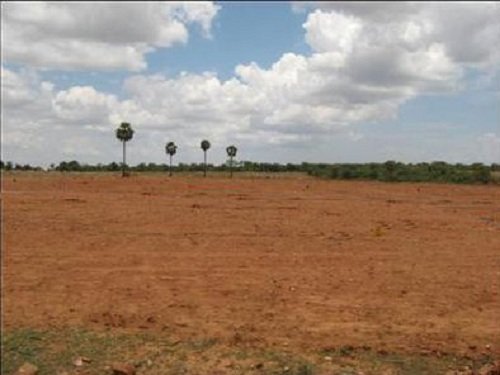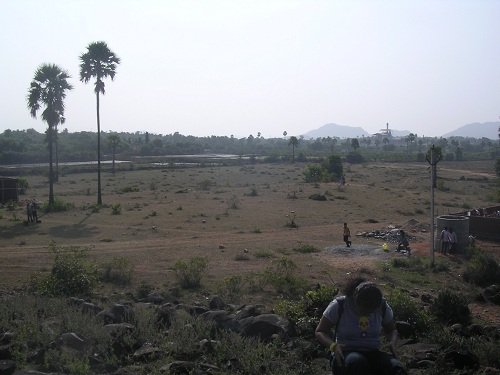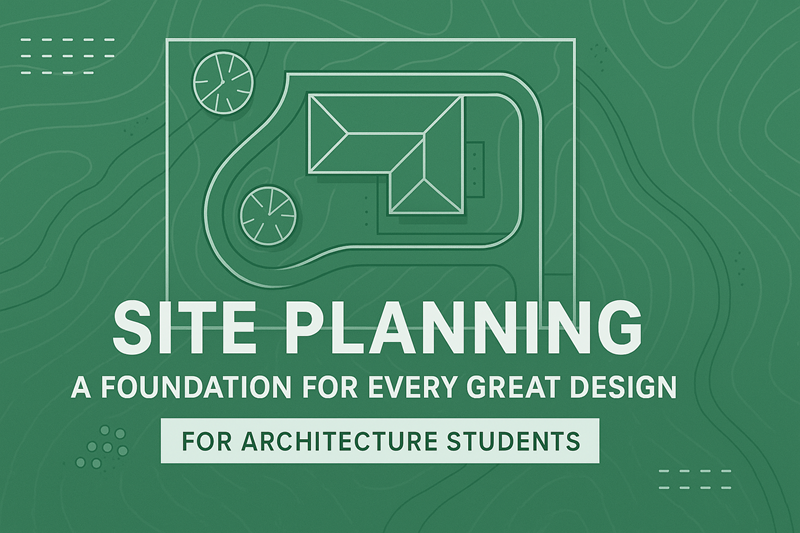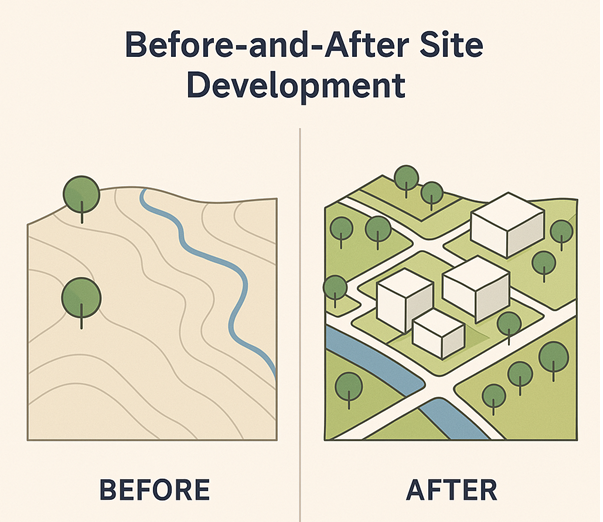Site Analysis for Construction
Site Analysis is very important before we initiate our construction. Detailed study of site and its surroundings will help justify our design proposal. Detailed study of the site and surrounding areas of the site helps in designing the project efficiently.
Site Selection
A site is selected on the basis of the demand of the construction
An already existing site is taken, is analyzed and the kind of project to be proposed on that particular site is decided.

New Trend: Environmental Friendly or Green Building Construction
When analyzing the site, we also have to consider the impact of the structure on the surrounding environment. If the proposed structure would have any negative impact on the environment. In one of our earlier articles, we have discussed “Site selection” and “Site Analysis” with respect to the environmental impact.
Check it out:
Selection of a suitable site | Environmental Sustainability
Here are some of the steps to be followed for Site Analysis:
Google Maps
Locate your site on the google maps.
It will give you an idea of the:
Site contours
The connectivity to the main road and other sub roads



